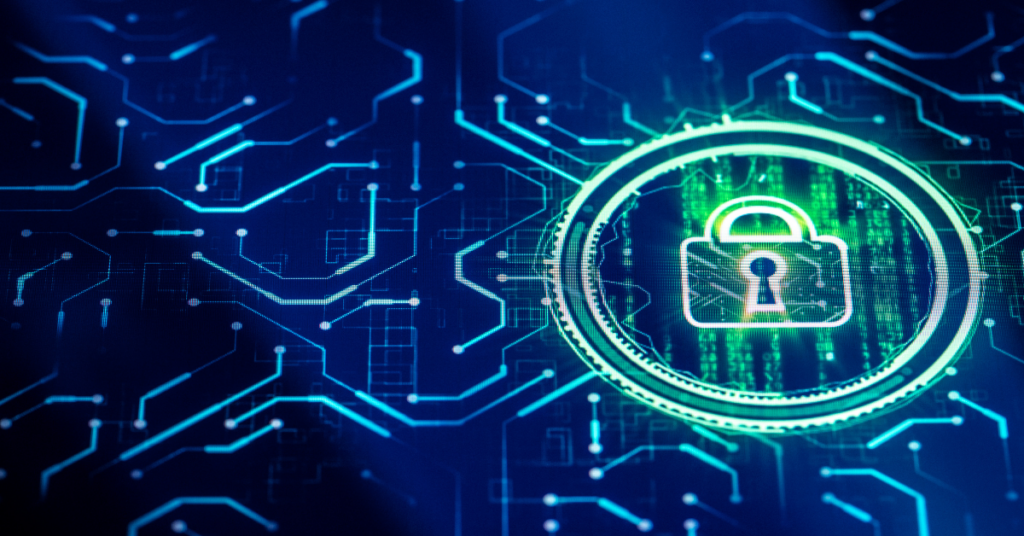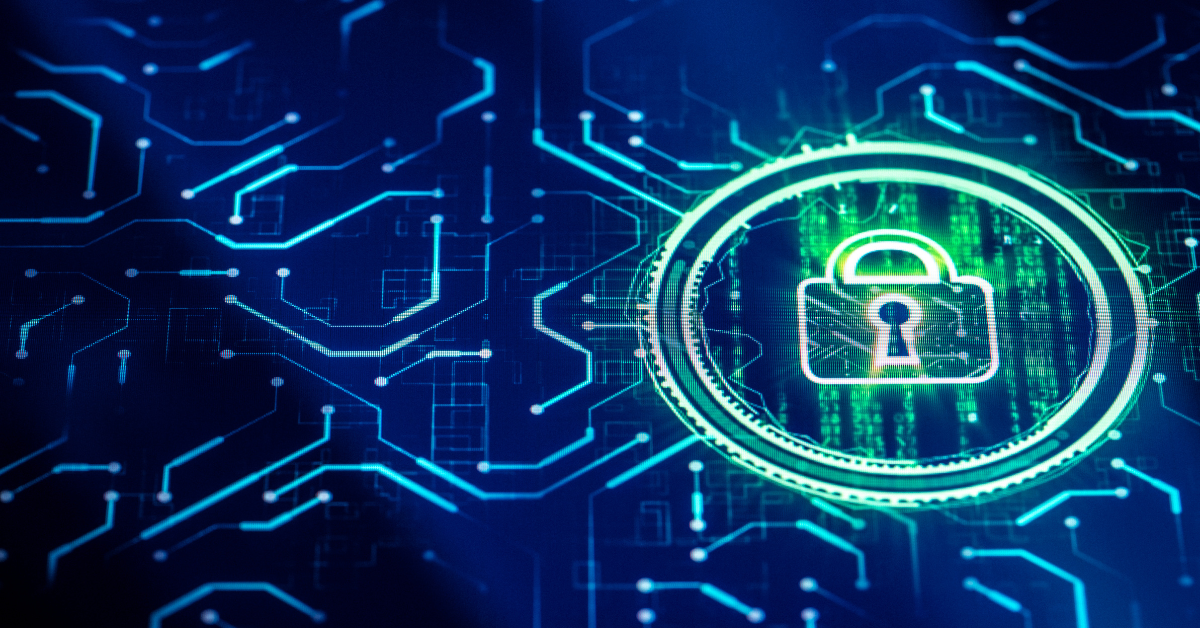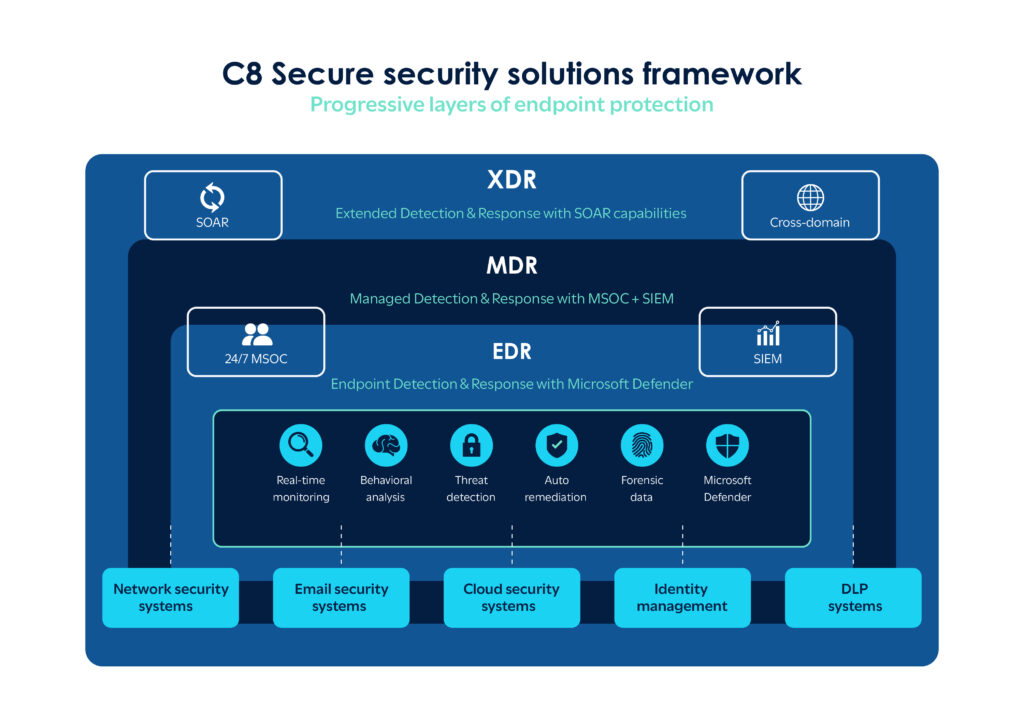
Cyber attacks have become more prominent with increased internet use, and the majority of these attacks start with human vulnerabilities at endpoints. Verizon reveals that nearly 90 percent of successful cyber attacks and up to 70 percent of data breaches start at endpoints, with ransomware often deployed within 24 hours of initial access.
In cybersecurity, an endpoint refers to any device that a human interacts with, such as computers, mobile devices and servers, that connects to a network and can be a potential target for cyber threats. Companies increasingly adopt cybersecurity solutions with real-time threat detection and response capabilities to avoid endpoint attacks.
In this blog, Craig Lusher, Product Principal of Secure Solutions at C8 Secure, will examine the three cybersecurity platforms leading today’s endpoint detection and response discussion. Discover the distinctive features that set each tool apart, gain valuable insights into the inner workings of each technology and explore the essential considerations for choosing the ideal solution tailored to your organization’s specific needs.
EDR, MDR and XDR: An introduction
Traditional endpoint security and antivirus solutions are reactive, relying on known patterns and signatures to detect threats. This liability makes them less effective against novel or zero-day malware.
Alternatively, endpoint detection and response (EDR), managed detection and response (MDR) and extended detection and response (XDR) are advanced cybersecurity solutions that offer a proactive approach to mitigate against today’s emerging cyber threats.
EDR is a behavior-based and predictive tool that leverages real-time monitoring, artificial intelligence (AI) and machine learning (ML) to detect anomalous activities. It effectively identifies zero-day and polymorphic threats. Additionally, EDR offers threat response and hunting capabilities. This includes blocking compromised processes, isolating infected endpoints, alerting security teams and providing forensic data for investigation.
MDR is a comprehensive, outsourced security service that provides threat detection and response managed by a specialized provider. It offers a cost-effective alternative to maintaining an in-house security operations center (SOC) by handling threat hunting, monitoring, detection and remediation. It is beneficial for organizations of all sizes, particularly for small and medium-sized businesses (SMBs) seeking enterprise-level security without the complexity and expense of managing it themselves.
XDR addresses the limitations of EDR, which only monitors and detects at endpoints. An XDR platform integrates and streamlines data ingestion, analysis and workflows across endpoints, networks, clouds, security information and event management (SIEMs) and email security systems. This technology suits businesses with complex IT environments or high cyberattack vulnerability.
Understanding the differences between EDR, MDR and XDR?
The three main detection and response tools have different capabilities, components, technology and cost structure. Understanding the key differences between each cybersecurity solution is essential to picking the right one.
Capabilities and components:
- EDR can monitor endpoints for threats that have bypassed antivirus solutions and other preventive measures. It allows security teams to take actions like isolating infected endpoints or deleting malicious files from individual computers. Its components include real-time endpoint monitoring, behavioral analysis [Indicators of Compromise (IOCs) and Indicators of Attack (IOAs)], threat intel database, network containment and remediation recommendations.
- MDR has the same capabilities as EDR, with additional components for round-the-clock managed services. It is capable of not only endpoint containment but also broader incident response, investigation and guidance to mitigate threats. Additional components include a central communication and coordination hub for managed service and in-house teams.
- XDR can provide a comprehensive, threat-focused security solution that consolidates data from multiple existing tools to enhance visibility and minimize risk. Its components include all EDR capabilities, including autonomous analysis, response and threat hunting, cloud-based ingestion, cross-domain correlation and actionable threat summaries.
Tools and technologies:
- EDR uses a software-based solution for its technology.
- MDR utilizes the endpoint protection platform (EPP).
- XDR has many more technologies and tools than the other two. It uses network analysis and visibility (NAV), a next-gen firewall, email security, identity and access management (IAM), a cloud workload protection platform (CWPP), a cloud access security broker (CASB) and data loss prevention (DLP).
Cost structure:
- EDR solutions are usually purchased by companies, which often involve ongoing maintenance and management costs.
- MDR is commonly subscription-based and covers both the technology and expertise provided by the managed service provider.
- XDR solutions are typically offered on a subscription basis, with pricing models that may be based on the number of endpoints, users or volume of data.
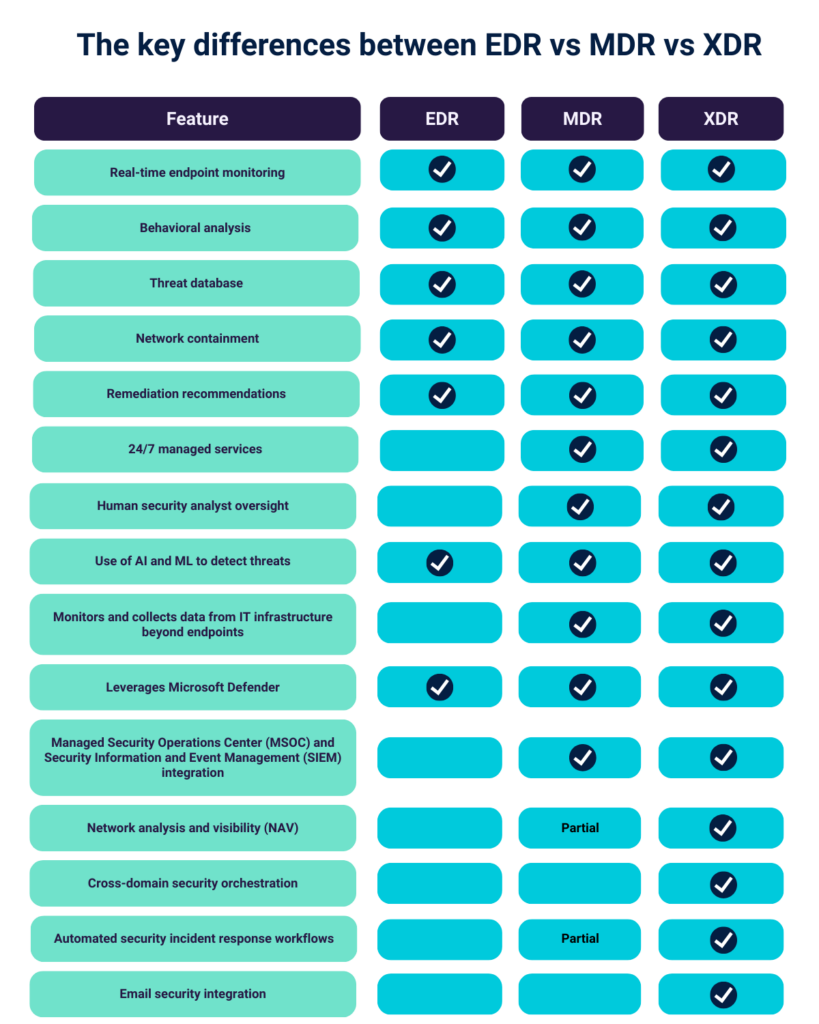
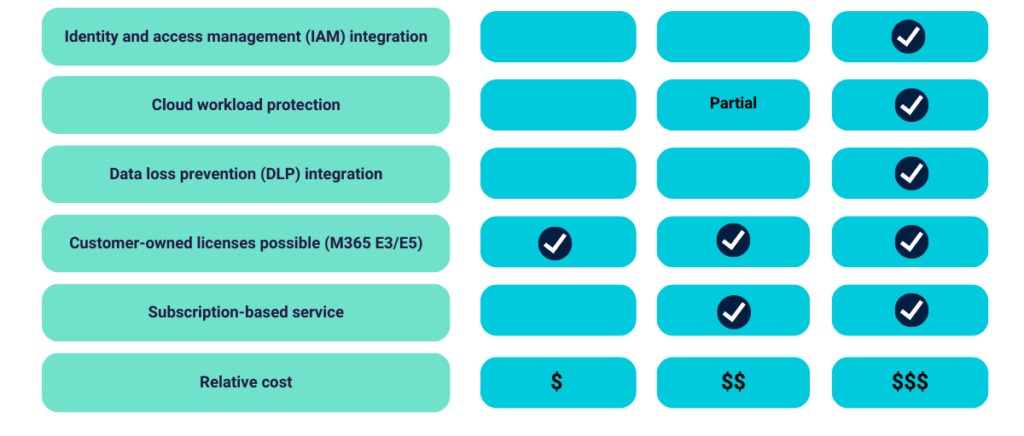
How Do EDR, MDR and XDR solutions work?
Each cybersecurity tool has a different defense mechanism against cyber threats.
Here’s how an EDR solution protects endpoints:
- Continuous endpoint monitoring: Microsoft Defender for Endpoint installs agents on each device, logging relevant activity to ensure visibility for security teams. Devices with these agents are referred to as managed devices.
- Telemetry data aggregation: Collects data from each managed device, including event logs, authentication attempts and application usage, which is then sent to the Microsoft Defender cloud platform for real-time analysis.
- Data analysis and correlation: Utilizes AI and machine learning to analyze and correlate data, identifying IOCs and applying behavioral analytics based on global threat intelligence to detect advanced threats.
- Threat detection and automatic remediation: Flags potential threats, sends actionable alerts to the security team and may automatically isolate affected endpoints or contain threats to prevent further spread.
- Data storage for forensics: Maintains a forensic record of past events, aiding in future investigations and providing insights into prolonged or previously undetected attacks.
Meanwhile, MDR security builds on EDR and adds human expertise:
- Prioritization: C8 Secure’s Managed Security Operations Center (MSOC) manages alert fatigue by sorting through large volumes of alerts, using automated rules and human expertise to focus on severe threats and filter out false positives.
- Threat hunting: Our security analysts actively search for undetected threats by analyzing attacker behavior and using data from security tools to uncover hidden cyber threats that standard detection methods might miss.
- Investigation: Provides detailed analysis of security incidents to understand the breach’s scope, including how and why it occurred, its impact and the extent of the damage.
- Guided response: Offers expert advice on responding to and containing identified threats, including actionable plans to mitigate risks and strengthen security.
- Remediation: Assists in recovering from attacks by restoring systems to a secure state, removing malware and ensuring that networks and endpoints are fully operational and protected against future threats.
Lastly, XDR extends protection beyond endpoints by:
- Cross-domain data collection: Gathers data from various security layers across the organization’s digital environment, including endpoints, network, cloud, email and identity systems.
- Data normalization and enrichment: Standardizes and enhances collected data to ensure consistency and improve the quality of analysis across different security domains.
- Advanced correlation and analytics: Correlates and analyzes the enriched data using advanced techniques to uncover patterns and anomalies, facilitating real-time threat detection across the entire security ecosystem.
- Unified threat detection: Leverages insights from the analysis to identify potential threats across all security domains, creating a cohesive view of attack scenarios and reducing alert fatigue.
- Orchestrated investigation and response: Detects threats and uses Security Orchestration, Automation, and Response (SOAR) capabilities to automate and coordinate responses across different security systems, enabling faster and more comprehensive remediation.
EDR, MDR or XDR: Which to choose?
When choosing an endpoint detection and response cybersecurity solution, it’s important to compare EDR vs MDR vs XDR to determine which tool best suits your organization’s needs. Consider the following questions to find the most suitable security solution for your company’s security needs:
- What assets need protection? Determine which assets are most vulnerable.
- What level of visibility is required? Assess the extent of visibility needed across your security environment.
- Does the security team have the capacity? Evaluate if the team has the necessary skills, time and bandwidth.
- What are the resource constraints? Identify any limitations in resources, including budget and existing security tools.
- Who will handle threat analysis and response? Decide who will analyze, investigate and respond to threats and alerts.
Choose EDR if your organization:
- Wants to enhance its endpoint security beyond Next-Generation Antivirus (NGAV) capabilities. Microsoft Defender for Endpoint provides advanced features and deeper visibility into endpoint activities.
- Already has Microsoft 365 E3 or E5 licenses that include Defender.
- Employs an information security team that can act on alerts and recommendations generated by the EDR solution. This approach is effective when you have the internal resources to manage and respond to potential threats.
- Aims to lay a comprehensive cybersecurity strategy and foundation for a scalable security architecture. EDR helps establish robust endpoint protection and prepares your organization for future security growth.
Choose MDR if your organization:
- Lacks a mature detection and response program capable of quickly remediating advanced threats with existing tools or resources. Continent 8’s MDR service provides managed services to fill this gap and enhance threat response capabilities.
- Wants to introduce new skills and increase maturity without the need to hire additional staff. Our MDR offers access to expert resources and advanced capabilities without expanding your internal team.
- Struggles with filling skills gaps within the IT team or attracting highly specialized talent. Our MDR services provide the necessary expertise to handle complex security challenges.
- Wants protection that remains current with the latest threats targeting organizations. MDR services ensure continuous updates and adaptations to evolving threat landscapes.
Choose XDR if your organization:
- Wants to improve advanced threat detection across multiple domains. Continent 8’s XDR solution provides integrated threat detection capabilities that span various security layers.
- Aims to accelerate multi-domain threat analysis, investigation and hunting from a unified console. XDR offers a centralized approach for more efficient and comprehensive threat management.
- Experiences alert fatigue due to a disconnected or siloed security architecture. XDR integrates data from various sources to reduce alert overload and enhance response effectiveness.
- Seeks to improve response times through automated orchestration. Our XDR solution streamlines the response process by consolidating information and automating actions across security domains.
- Seeks to improve ROI across all security tools. XDR provides enhanced visibility and correlation across different security layers, optimizing the performance and value of existing tools.
Implementing endpoint detection and response cybersecurity with C8 Secure
C8 Secure offers comprehensive endpoint detection and response cybersecurity solutions equipped to meet today’s emerging cyber threats, leveraging Microsoft Defender as our core EDR platform.
- C8 Secure EDR solution: Our EDR service ensures real-time monitoring and protection of network endpoints using Microsoft Defender for Endpoint. This service protects against ransomware, malware and phishing using enterprise-grade threat prevention technologies. It’s particularly beneficial for organizations already using Microsoft 365 E3 or E5 licenses, which include Defender capabilities.
- C8 Secure MDR solution: Our MDR service combines Microsoft Defender for Endpoint with our MSOC and SIEM capabilities to offer continuous threat monitoring, detection, and incident response coverage. This service provides 24/7 monitoring of network devices, servers, endpoints and cloud environments for complete end-to-end protection, backed by our expert security analysts.
- C8 Secure XDR solution: Our XDR offering extends our MDR service with SOAR capabilities. This comprehensive solution integrates security across multiple domains – including endpoints, network, cloud, email and identity – providing unified visibility, advanced correlation and orchestrated response to threats throughout your entire IT environment.
Cybersecurity solutions for a safer tomorrow
C8 Secure provides comprehensive, multi-layered threat prevention, detection and response solutions to secure your organization’s digital assets in the face of evolving cyber threats. By leveraging Microsoft Defender as our core EDR platform and enhancing it with our MSOC, SIEM and SOAR capabilities, we offer scalable security solutions that can grow with your organization’s needs.
For more information on how C8 Secure can support your cybersecurity initiatives, email info@c8secure.com or fill out our Contact Us page.
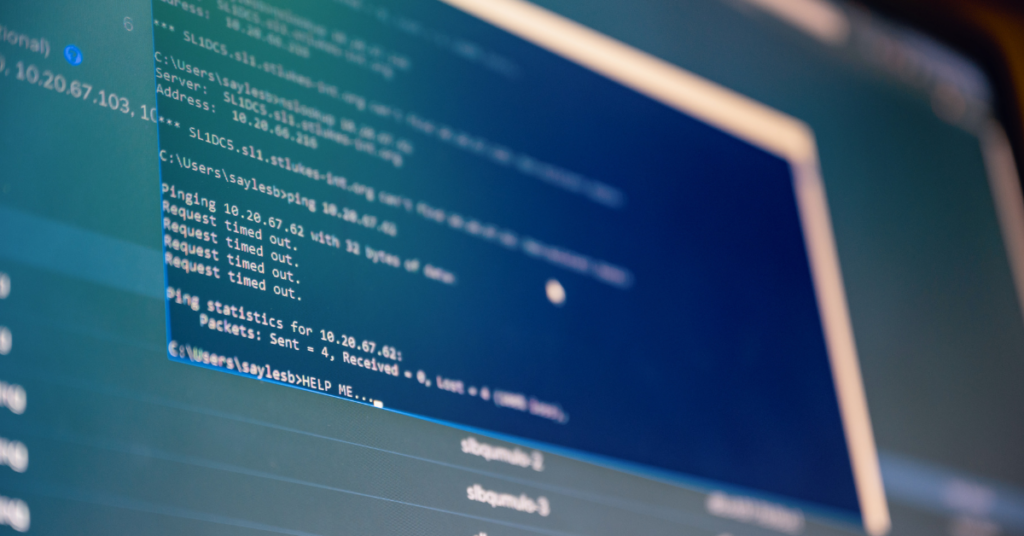
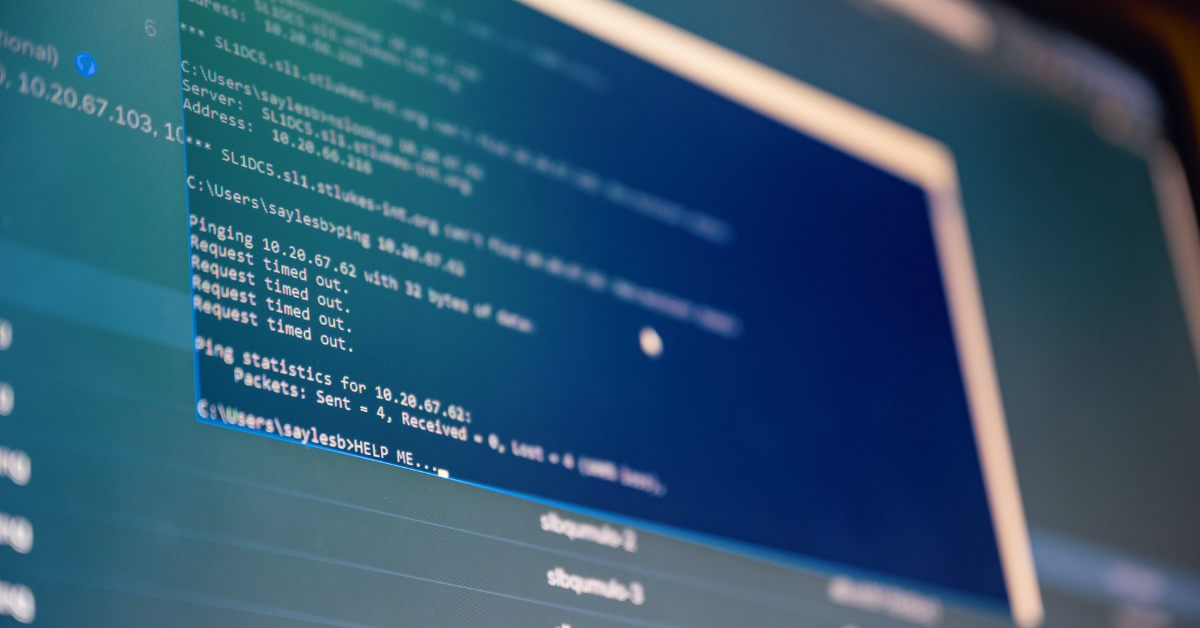


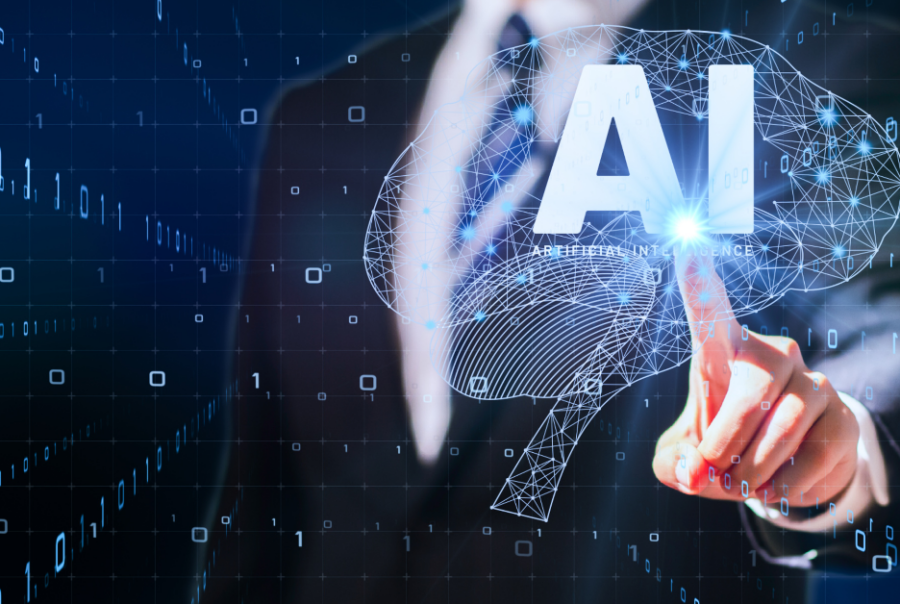


 Hello Chand, you completed your one-year anniversary earlier this year. Can you tell us how your first year has gone?
Hello Chand, you completed your one-year anniversary earlier this year. Can you tell us how your first year has gone?




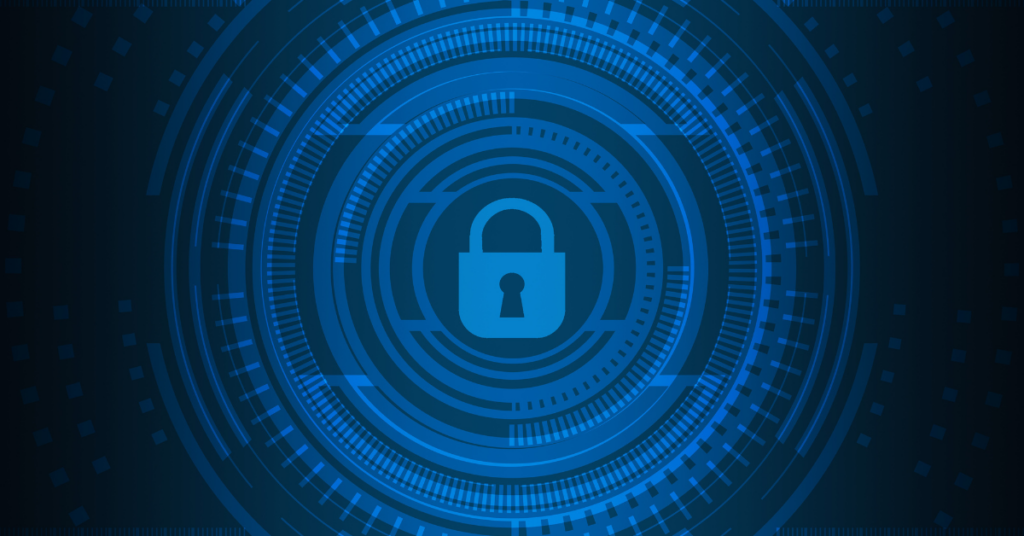
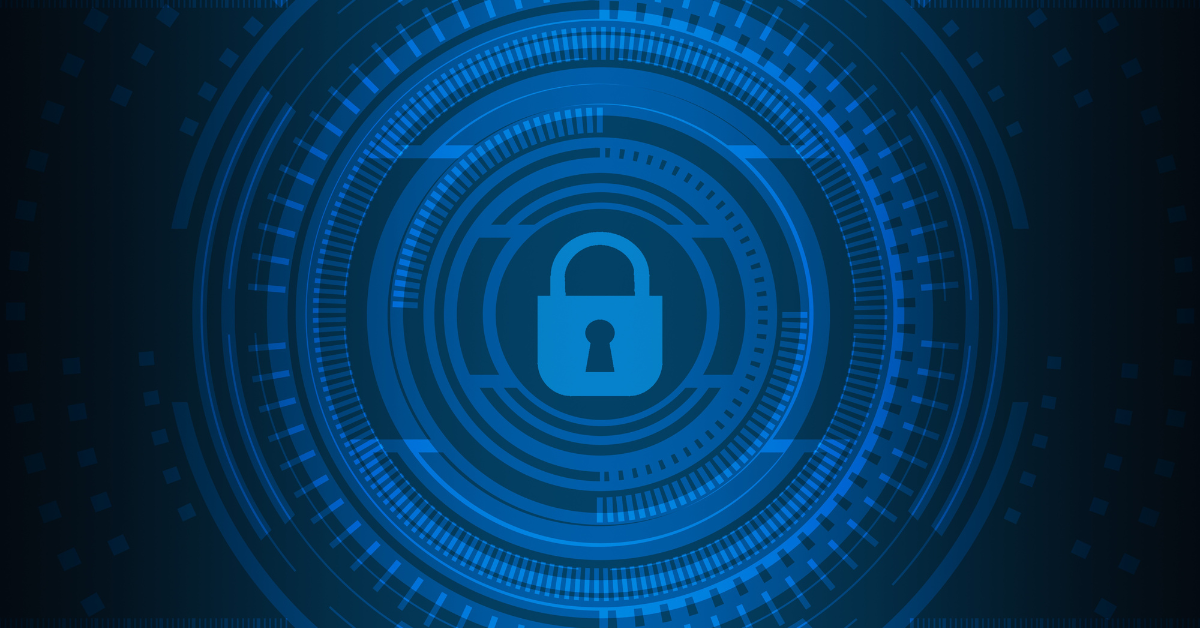
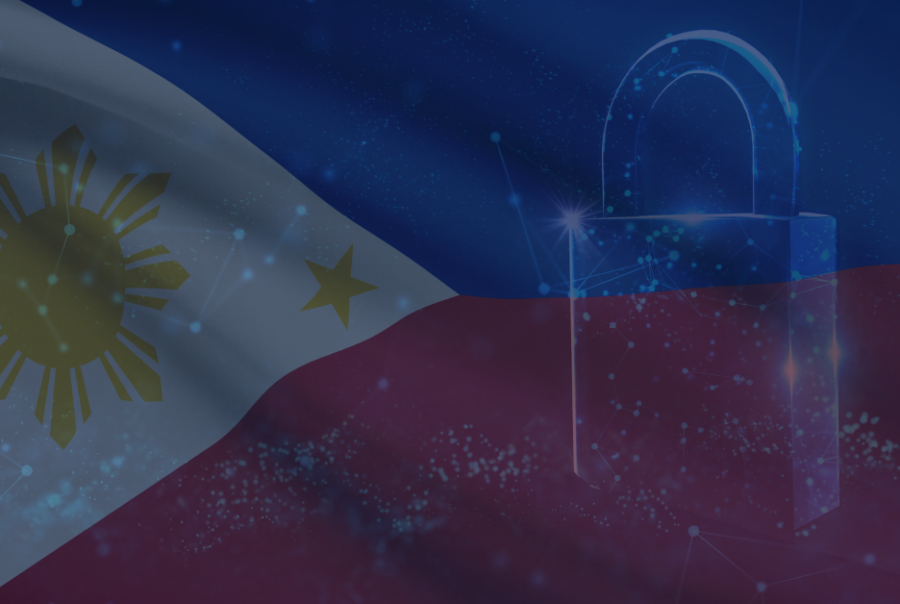
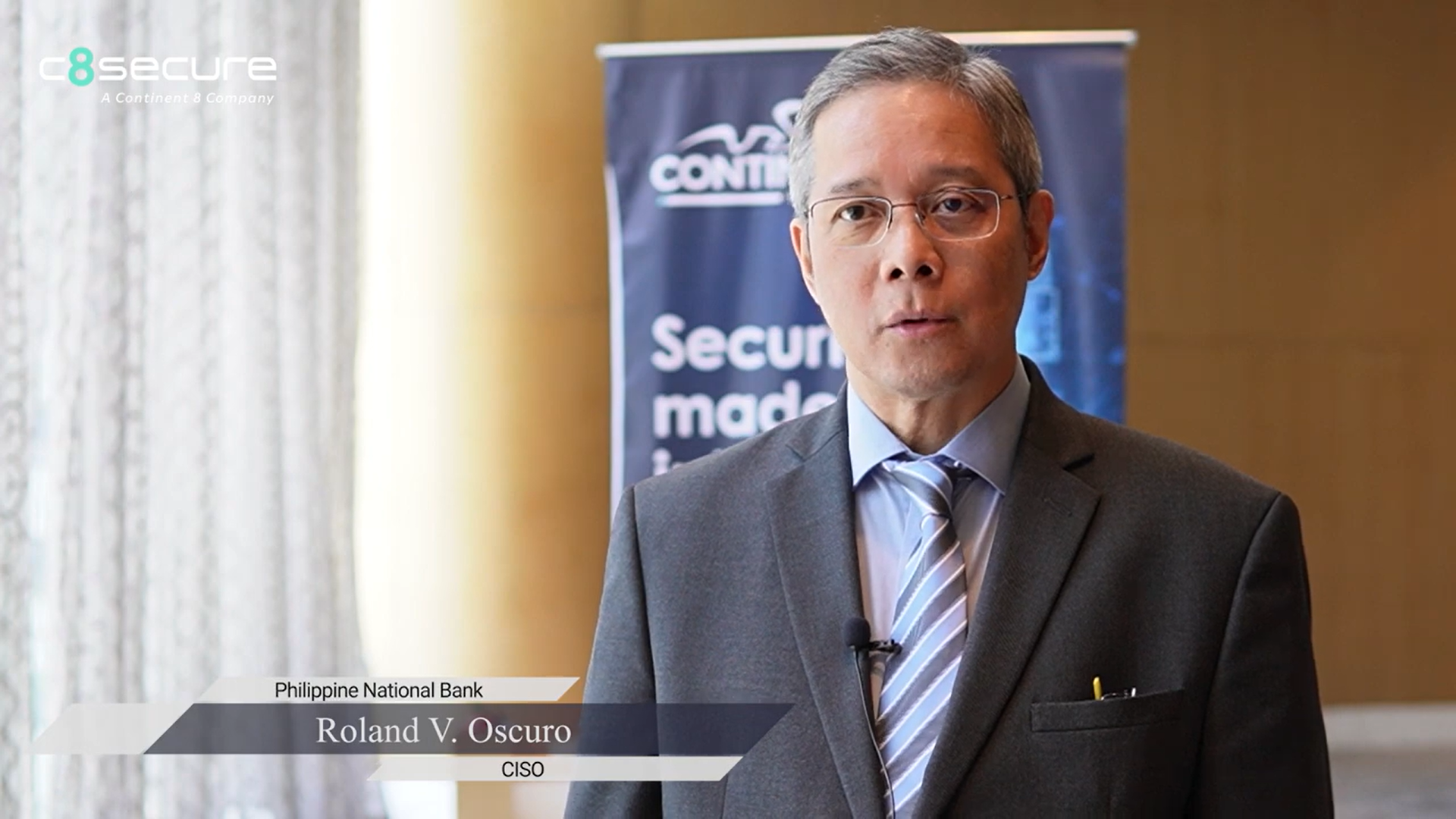
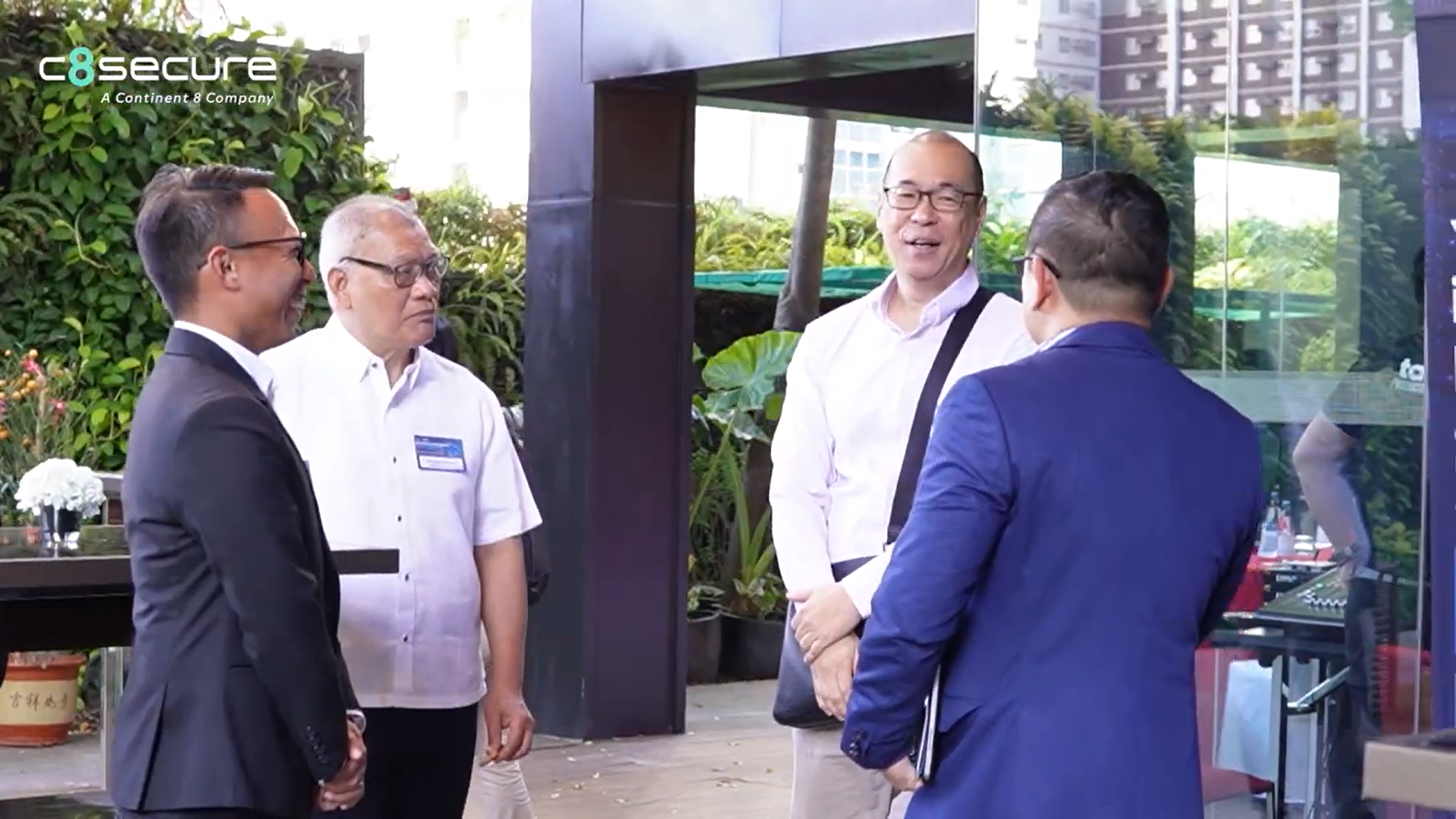


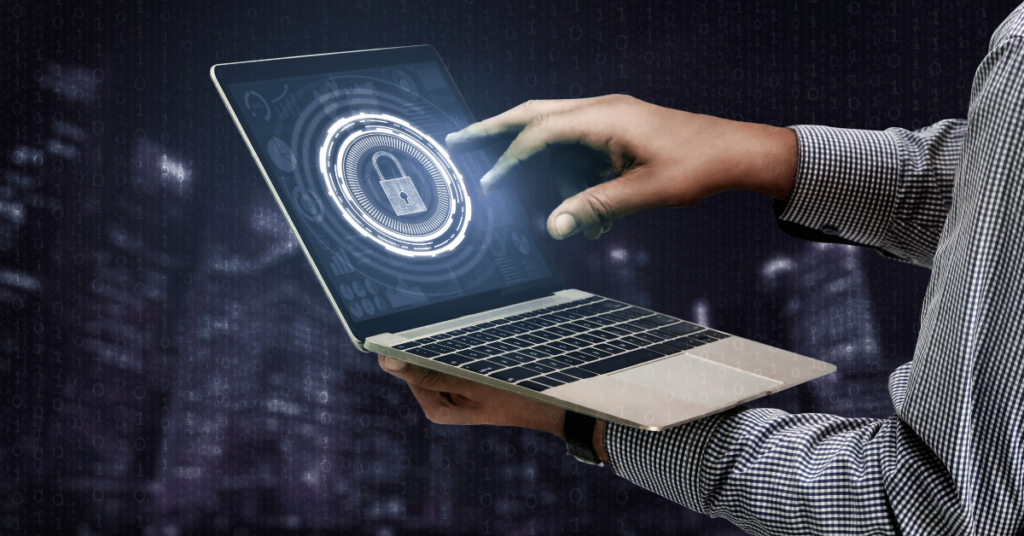
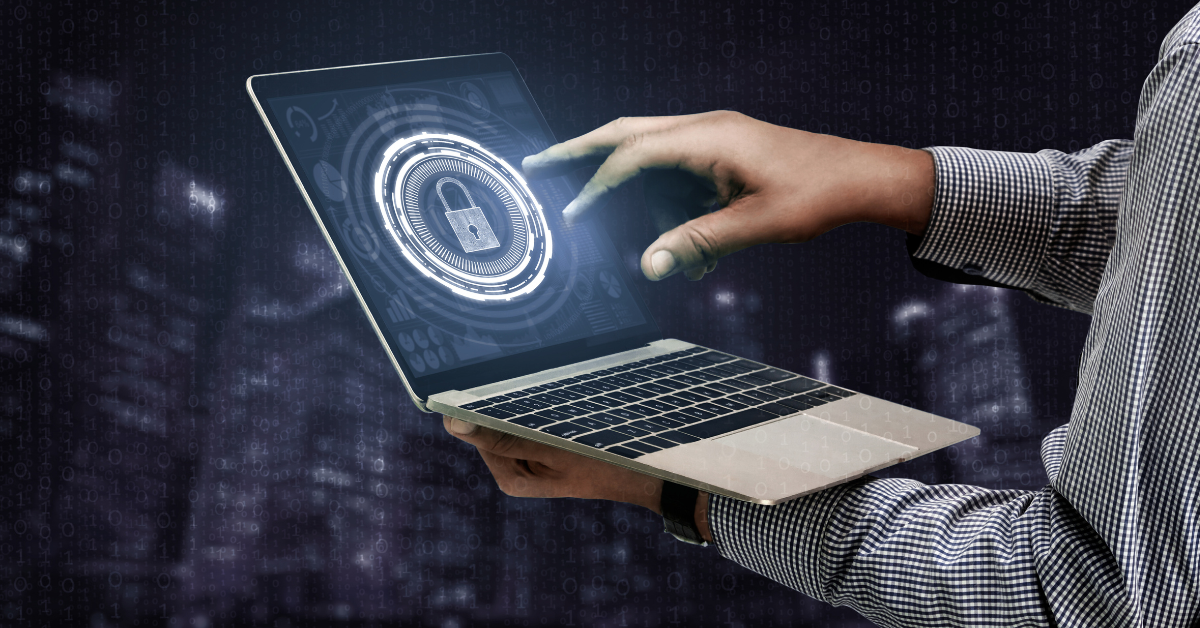

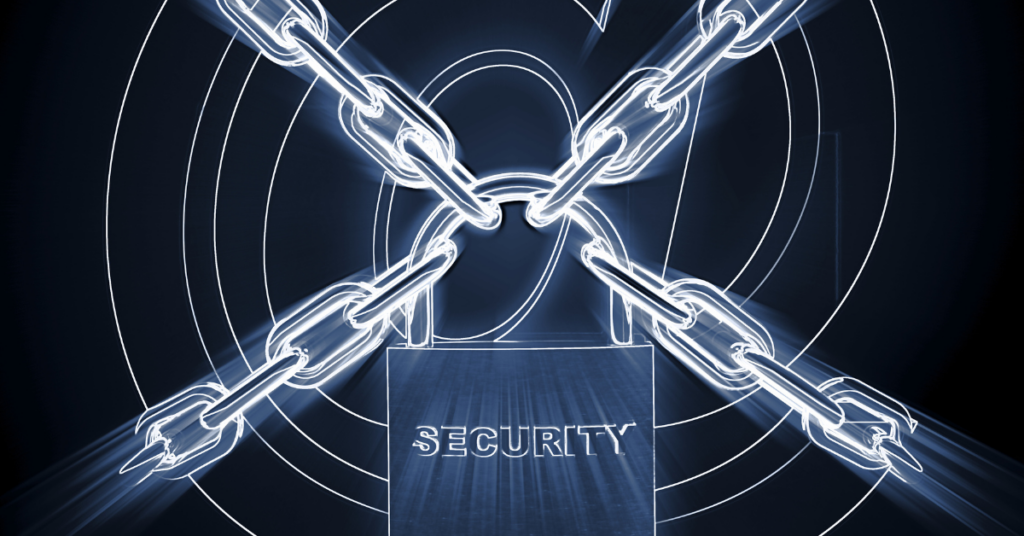
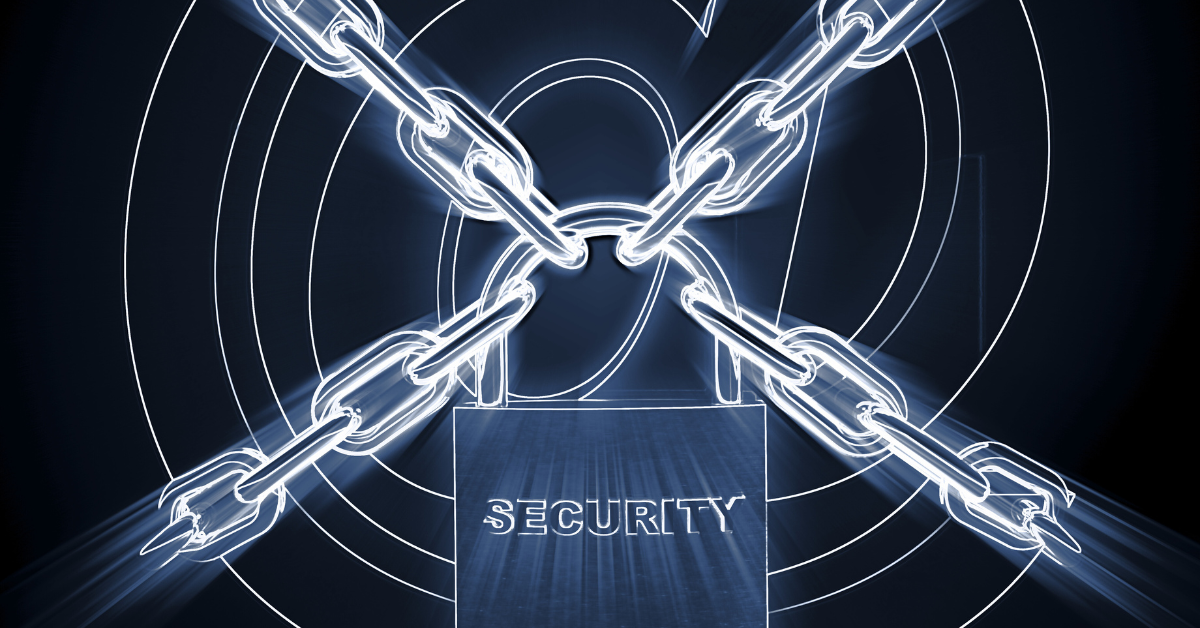
 In today’s digital world, cyber threats lurk around every corner. From sneaky malware to sophisticated ransomware, attackers are relentless. So, how do you stay one step ahead? The answer lies in cybersecurity assessments, with Vulnerability Assessment and Penetration Testing (VAPT) leading the charge. At C8 Secure, we’re passionate about helping businesses like yours fortify their defenses. Let’s dive into why VAPT and risk assessments are game-changers for securing your organization.
In today’s digital world, cyber threats lurk around every corner. From sneaky malware to sophisticated ransomware, attackers are relentless. So, how do you stay one step ahead? The answer lies in cybersecurity assessments, with Vulnerability Assessment and Penetration Testing (VAPT) leading the charge. At C8 Secure, we’re passionate about helping businesses like yours fortify their defenses. Let’s dive into why VAPT and risk assessments are game-changers for securing your organization.
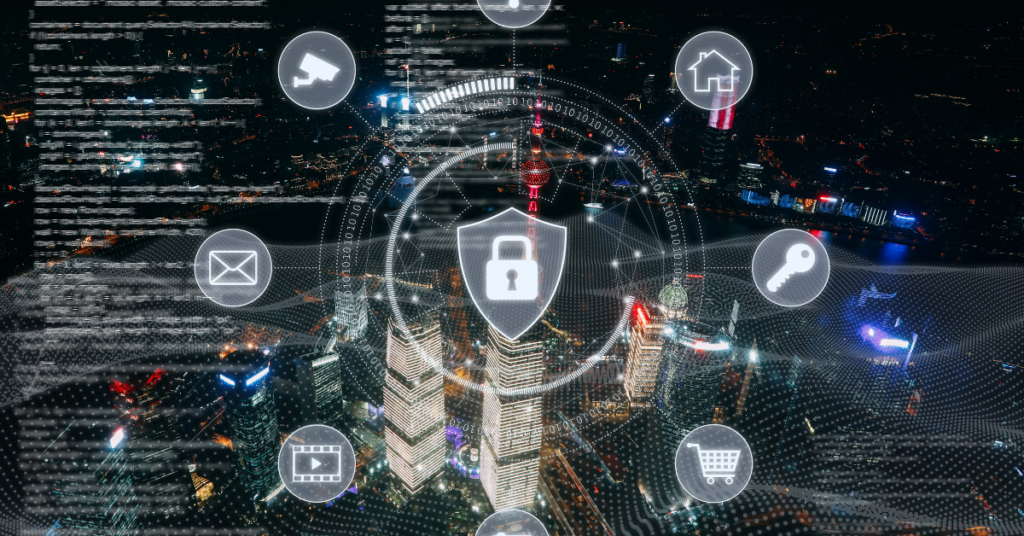
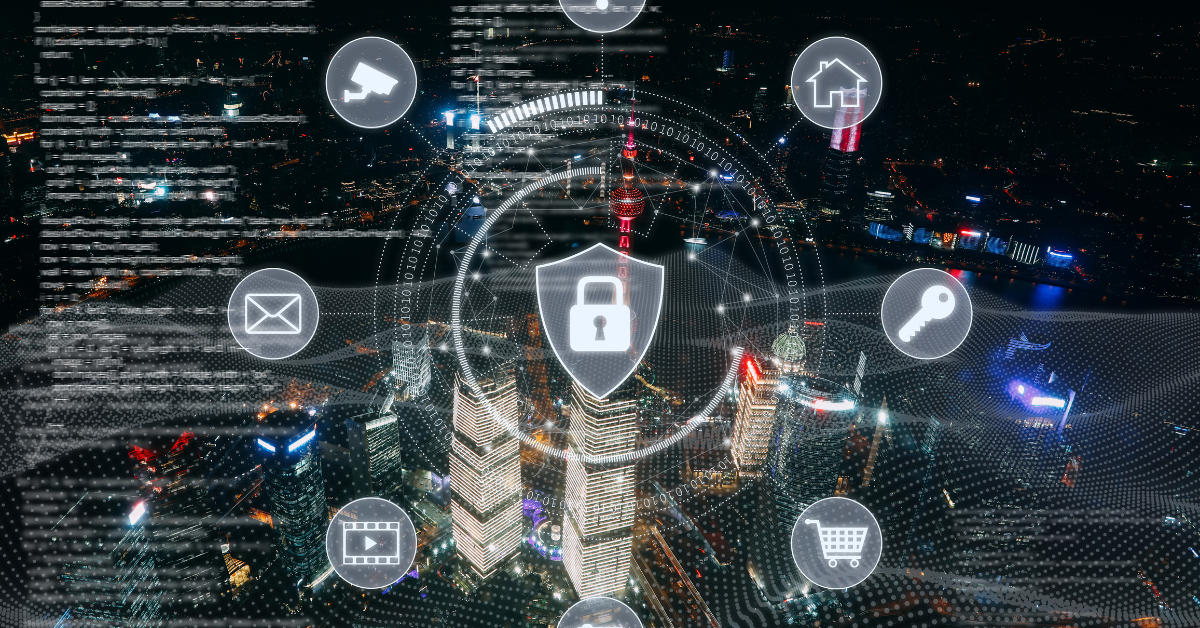
 In this Q&A, Gina expresses her enduring passion for cybersecurity, the challenges and opportunities she encounters with an expanding SOC team and platform and her unique insights on C8 Secure’s evolving SOC journey.
In this Q&A, Gina expresses her enduring passion for cybersecurity, the challenges and opportunities she encounters with an expanding SOC team and platform and her unique insights on C8 Secure’s evolving SOC journey.